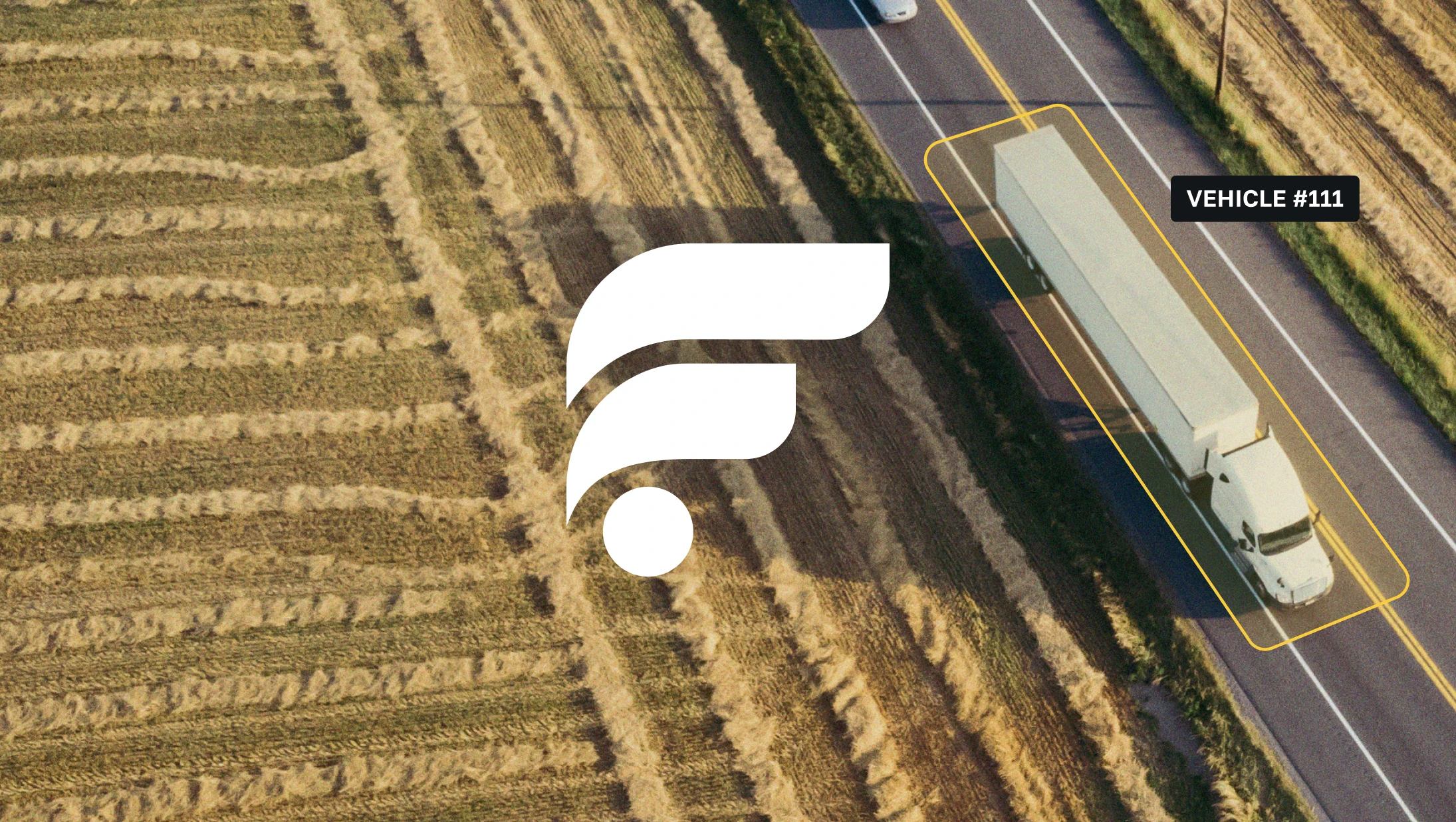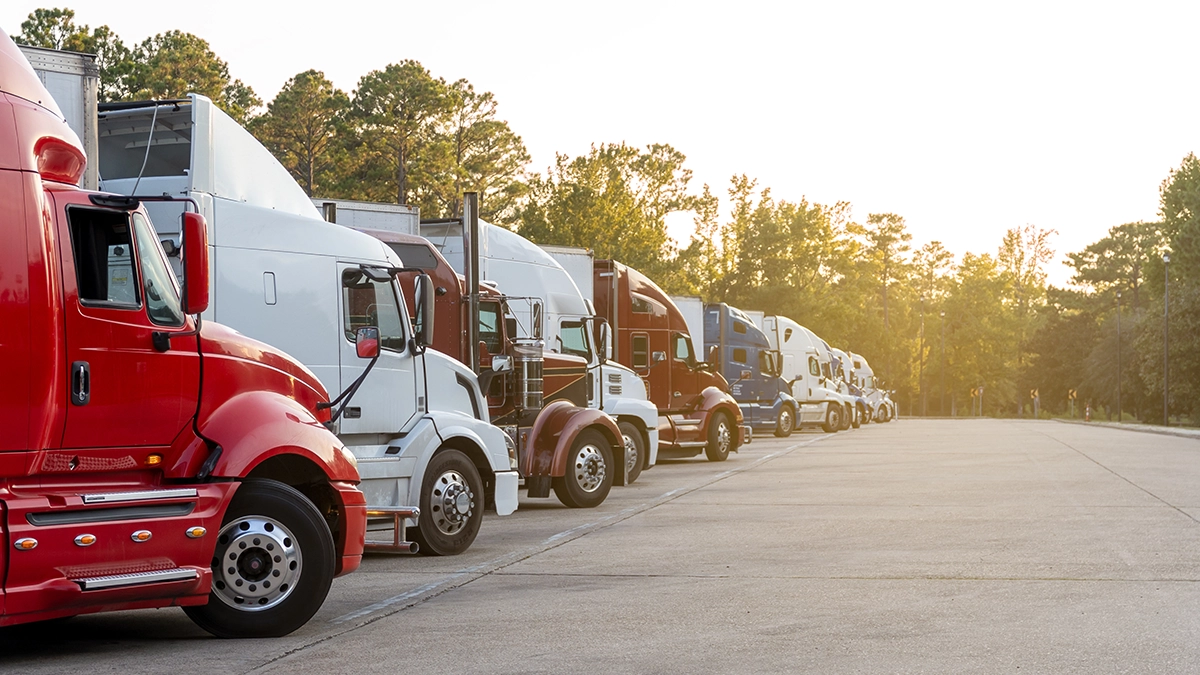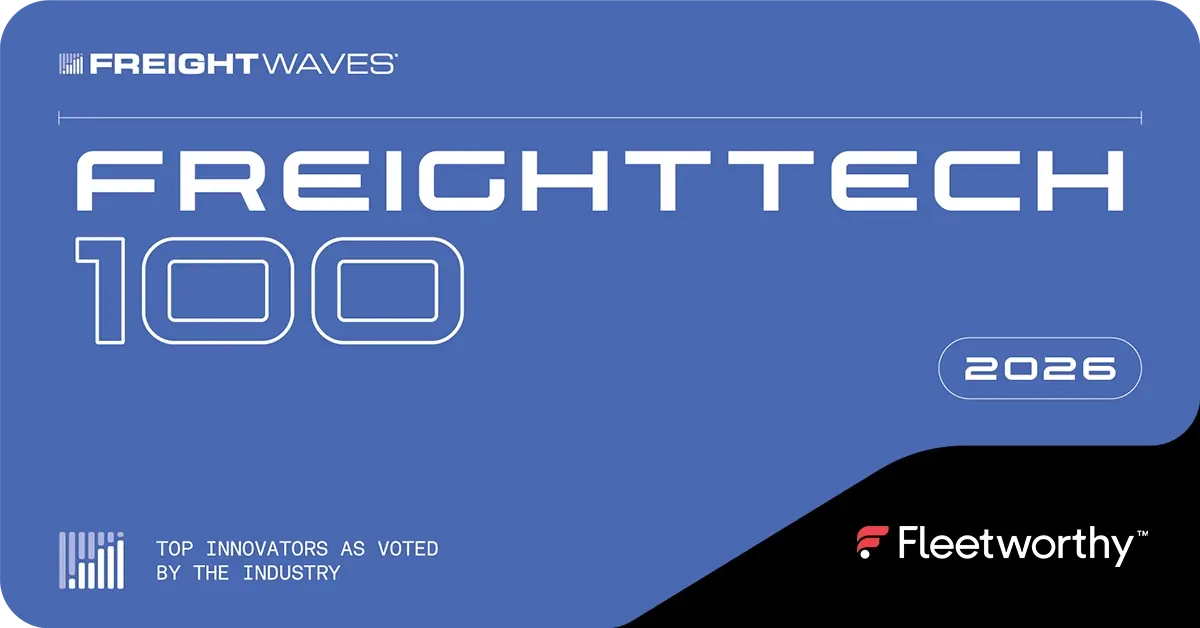The FMCSA’s Drug and Alcohol Clearinghouse is a critical safety tool designed to prevent drivers with drug or alcohol violations from moving undetected between employers, ensuring only compliant, safe drivers are behind the wheel.
Introduced in 2020, the Clearinghouse centralized data on commercial driver’s license (CDL) holders’ drug and alcohol violations, making it accessible for employers, state agencies, and law enforcement. This real-time access strengthens safety standards across the industry by ensuring any violations are promptly recorded and addressed. For fleet managers, it’s an essential safeguard—supporting proactive risk management and helping to maintain safer roads for all.
The First Clearinghouse Rule and Its Impact
In 2020, the FMCSA’s initial Drug and Alcohol Clearinghouse rule established a comprehensive, centralized database that tracks drug and alcohol violations among CDL holders. This rule marked a major milestone in fleet safety, creating a single source of truth that allows employers, state agencies, and law enforcement to easily verify a driver’s compliance with safety regulations. Before the Clearinghouse, it was difficult to track drivers with prior violations, which allowed some to slip through the cracks and pose potential risks on the road.
Key Requirements Introduced by the First Rule:
Real-Time Data Access: Employers are now required to consult the Clearinghouse database before hiring new drivers and conduct annual checks for existing drivers. This ensures any past violations are flagged immediately, enhancing fleet safety and accountability.
Mandatory Reporting of Violations: The rule mandates employers, medical review officers, substance abuse professionals, and other key stakeholders report drug and alcohol violations to the Clearinghouse. This includes positive drug or alcohol test results, refusals to test, and any direct knowledge of violations. This comprehensive reporting requirement ensures full visibility into each driver’s compliance history.
Return-to-Duty Process Tracking: For drivers with violations, the rule enforces a structured return-to-duty process, requiring rehabilitation steps and a follow-up testing plan before a driver can resume safety-sensitive functions. The Clearinghouse tracks each step of this process, ensuring no driver skips critical steps in their rehabilitation.
The first Clearinghouse rule laid the groundwork for a safer and more transparent commercial driving industry, helping employers make informed decisions and fostering a more compliant and safety-oriented driver pool.
Upcoming Changes: The Second Clearinghouse Rule Taking Effect November 18, 2024
The second FMCSA Drug and Alcohol Clearinghouse rule, set to take effect on November 18, 2024, strengthens the Clearinghouse’s impact on road safety by expanding access and adding new compliance measures.
This rule aims to close any remaining gaps, providing an even stronger safety net to keep drivers with unresolved violations from operating commercial vehicles. At Fleetworthy, we’re committed to helping fleets stay on top of these regulatory updates, providing tools and insights that make compliance straightforward and efficient.
Key Changes and Enhancements Under the New Rule:
State Driver Licensing Agencies (SDLAs) Access: Under the new rule, SDLAs are required to query the Clearinghouse before issuing, renewing, upgrading, or transferring a CDL. This extra layer of review ensures no driver with outstanding drug or alcohol violations can legally obtain or renew their CDL, adding a critical checkpoint in the licensing process.
Annual Queries by SDLAs: SDLAs must now conduct yearly Clearinghouse checks on all CDL holders licensed in their states. This regular verification keeps the system continuously updated, allowing state agencies to promptly address any new violations, which promotes long-term compliance across the industry.
Enhanced Notifications for Employers: Employers will now receive real-time electronic alerts when a driver’s Clearinghouse status changes, like a new violation being recorded. This feature enables fleet managers to respond quickly to compliance issues, reducing risk by allowing immediate action if a driver becomes prohibited from operating due to a violation.
These enhancements underscore the FMCSA’s commitment to continuous monitoring and prompt reporting, making the Clearinghouse more robust in supporting road safety. Fleetworthy’s solutions are designed to help fleets seamlessly integrate these updates into their compliance strategies, allowing fleet managers to focus on safe and compliance operations with the most current data at their fingertips.

What This Means for Employers and Fleet Managers
The new Clearinghouse rule changes will bring valuable efficiencies for employers and fleet managers, offering both time savings and streamlined compliance efforts. By shifting certain compliance responsibilities to SDLAs, fleet managers may find some relief from the Motor Vehicle Record (MVR) checking process, which could translate into saved time and resources for their operations.
Reduced Responsibility for Some Checks: With SDLAs now required to perform both pre-issuance and annual Clearinghouse queries, employers may find that fewer independent MVR checks are necessary. By relying on state agencies to verify that drivers have no unresolved violations at each CDL renewal, fleet managers can potentially reduce the frequency of their own checks, freeing up time and resources for other safety and compliance efforts.
Ongoing Monitoring Requirements: While these changes may reduce some of the employer’s workload, it’s essential for fleets to continue maintaining strong compliance programs. Continuous monitoring remains crucial to ensuring no driver with unresolved violations goes undetected. Fleet managers should stay vigilant in tracking driver records and follow any updates promptly, even with SDLAs taking on a larger role in compliance verification.
Proactive Compliance: A proactive approach ensures that fleets can confidently navigate new regulatory standards and maintain the highest level of safety on the road. Fleetworthy’s integrated solutions provide real-time alerts, automated reporting, and up-to-date tracking tools that empower fleet managers to stay on top of compliance with ease.
Potential Challenges and Considerations
While the upcoming Clearinghouse rule changes promise to enhance safety and compliance, fleet managers should be prepared for some implementation challenges. One of the primary considerations is the variation across states; much like the phased rollout of the Real ID Act, SDLAs may adopt these new Clearinghouse protocols at different speeds. This inconsistency can create gaps in compliance coverage as some states may be slower to fully integrate the required query and reporting processes.
Until all SDLAs are fully compliant with these requirements, employers should continue to perform independent MVR checks wherever possible. This proactive measure will help ensure that any gaps in state implementation do not compromise fleet safety. By staying vigilant during this transition, fleet managers can better navigate delays and keep their operations compliant while SDLAs work toward full implementation.
How Fleetworthy Can Help with Compliance and Safety
Fleetworthy offers a comprehensive suite of compliance and safety solutions tailored to help fleets stay ahead of evolving regulations like the FMCSA’s Drug and Alcohol Clearinghouse updates. With our Compliance Platform Suite (CPSuite), fleet managers gain access to robust tools designed for seamless integration, ensuring compliance is both manageable and efficient.
- Automated Monitoring and Reporting: Fleetworthy’s automated monitoring solutions provide real-time compliance updates, giving fleets instant insight into driver statuses and any new violations. These real-time alerts allow fleet managers to address issues immediately, reducing risk and minimizing downtime. With automated reporting functions, fleets can stay on top of their compliance obligations without the need for manual processes, saving time and ensuring accuracy across all records.
- Comprehensive Driver Safety Management: Fleetworthy’s integrated approach within the CPSuite covers all aspects of driver safety and compliance. This includes everything from monitoring driver qualification files and safety history to managing DVIR (Driver Vehicle Inspection Reports), licensing, and permitting. CPSuite keeps fleets road-ready and compliant with IFTA/IRP regulations, maintaining a comprehensive record management system that streamlines complex compliance tasks, allowing fleets to focus more on safety and less on paperwork.
- Consulting Support: Navigating regulatory updates can be challenging, but Fleetworthy’s consulting services provide fleets with expert guidance on implementing new Clearinghouse requirements. Our experienced consultants work closely with fleet managers to ensure they understand the full scope of these changes and help integrate Fleetworthy’s tools into their operations seamlessly. Whether it’s preparing for a DOT audit, optimizing compliance programs, or improving safety protocols, Fleetworthy’s consulting team ensures that fleets remain compliant and protected at all times.
Fleetworthy’s CPSuite is a one-stop compliance solution, helping fleets meet regulatory requirements with confidence and enhancing safety across every level of operation. Through proactive monitoring, expert support, and comprehensive safety management, we empower fleets to stay compliant, efficient, and ready for the road ahead.




